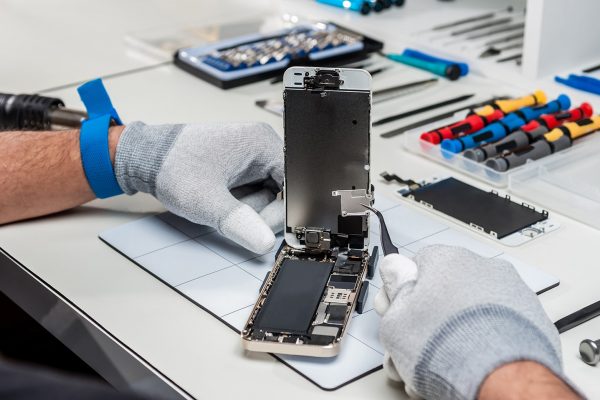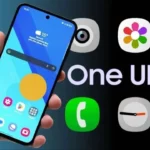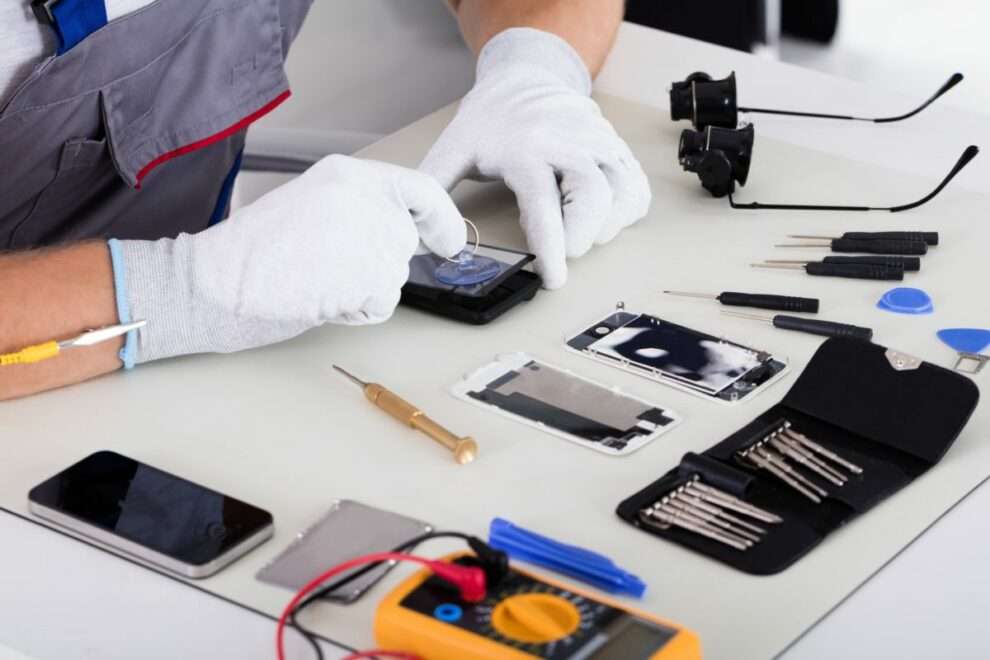A seasoned tech journalist has successfully demonstrated the potential and pitfalls of DIY iPhone battery replacement, offering valuable insights for users considering this money-saving option. Through a detailed hands-on experience with an iPhone 6, the process revealed both opportunities and challenges for those willing to attempt their own repairs.
Battery replacement has become increasingly relevant as smartphones age, with many devices showing significant performance degradation over time. This issue often manifests through unexpected shutdowns, throttled performance, and warning messages indicating the battery can no longer deliver necessary peak power. While Apple offers official battery replacement services, the cost can sometimes approach half the value of older used devices.
The DIY approach, using kits from companies like iFixit, can offer meaningful savings. These kits, typically priced around $30-38 in the US, include a third-party replacement battery and all necessary tools. However, the process isn’t without its risks and challenges, particularly for those inexperienced with device repair.
During the replacement process, several critical concerns emerged. The requirement to heat the phone’s back with a hair dryer to loosen battery adhesive proved particularly nerve-wracking, with vague instructions about optimal temperature and the ominous warning about potential battery ignition. Additionally, the delicate process of removing the old battery posed risks of damage to both the battery and other internal components.
The actual repair process took just over an hour and proved manageable for someone with limited DIY experience. The instructions were generally clear, though some steps lacked detailed guidance, particularly during reassembly. One notable mishap occurred when removing the screen, resulting in damage to the screen protector but fortunately not the display itself.

For newer iPhone models, particularly the iPhone 12 and later, Apple now offers its own DIY repair program with official parts. This option might be preferable for recent devices still holding significant value. However, for older models, third-party solutions remain the primary option for DIY repair.
The financial equation varies significantly depending on the device’s age and value. While the savings compared to Apple’s official service might be modest – often just $10-15 – the acquisition of repair tools could prove valuable for future maintenance needs. However, these potential savings must be weighed against the risks of damaging the device during repair.
The experience highlighted important considerations for anyone contemplating DIY battery replacement. Success requires careful attention to detail, steady hands, and tolerance for some uncertainty during the process. While the basic steps are straightforward, certain aspects like adhesive removal and battery handling demand extra caution.
For those considering this approach, the decision should factor in the phone’s value, intended use, and personal risk tolerance. While DIY repair might make sense for older backup devices, the potential savings might not justify the risks for newer, more expensive models that could be more reliably serviced by professionals.
















Add Comment